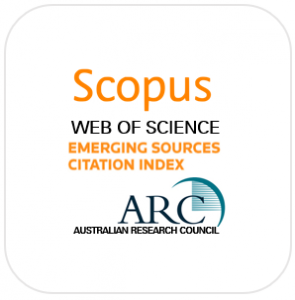ABSTRACT
In 2018, after winning the Malaysian general elections, Pakatan Harapan (PH) offered a promise to address the issue of statelessness. To better understand the premise of this promise, this study analysed the framing of stateless children in Sabah by conducting a corpus analysis of news articles published online in 2019. Specifically, the researchers created a corpus of 80 news articles from local and regional news portals that provided free access to their news items. The corpus was analysed using AntConc, and five keywords were identified based on their keyness level, which was determined through a comparison with the top 5,000 words from the Corpus of Contemporary American English (COCA). The keywords served as frames, and they were further conceptualised through their collocates. Through the analysis of the frames and their characterisation, stateless children were portrayed as having restrictive access to education and healthcare, and without the possibility of being legally adopted. Furthermore, while help has been rendered by different agencies or key individuals, this has been done based on the grounds of morality that aim to spur charitable actions, but without offering any impactful legal solutions. Another valuable finding from this study was that all the news portals analysed shared the same sentiment against the stateless children, similar to that held by PH. Not only do the findings of this study provide a comprehensive view through the analysis of various news portals, it also offers evidence explaining why the stateless population and children in Sabah have been perpetually stuck in statelessness.
DOWNLOAD

